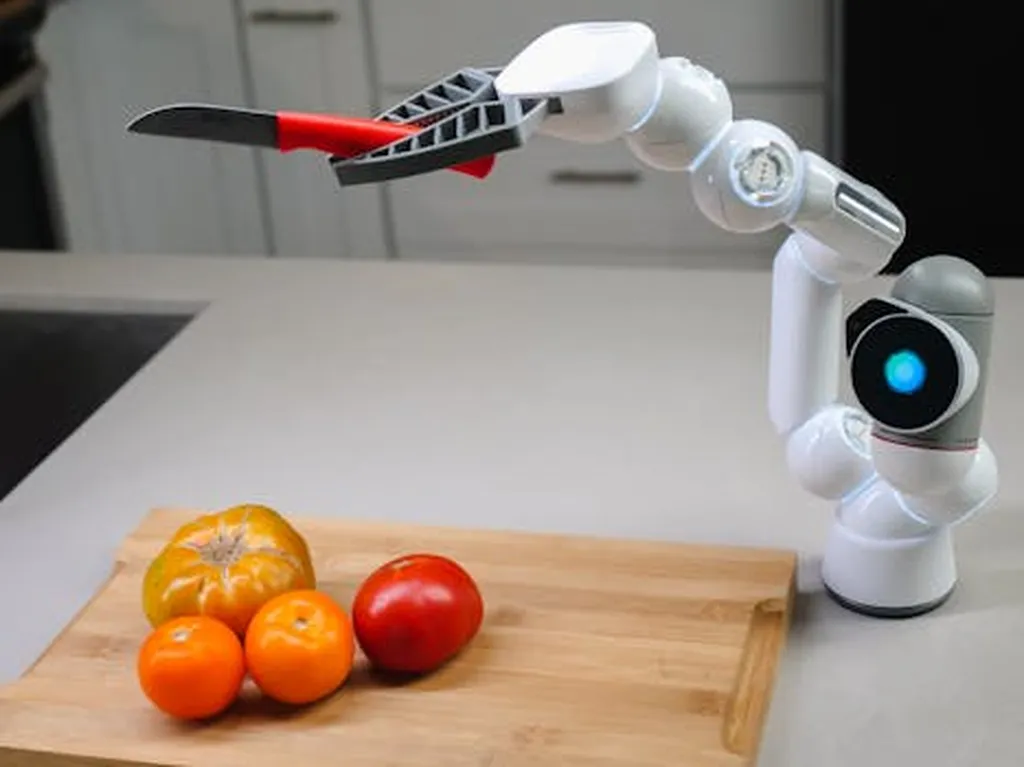In the heart of China’s tropical paradise, Sanya, a team of researchers led by Ming Chen from the University of Sanya’s School of Information and Intelligent Engineering has made a significant stride in the realm of precision agriculture. Their work, published in the esteemed journal *Scientific Reports* (translated from its original Chinese title), focuses on a novel method for detecting tomato leaf diseases, a breakthrough that could reshape the way farmers approach crop management and potentially boost yields.
The team’s research zeroes in on the Tomato Yellow Virus Leaf, a particularly challenging disease to identify due to its unique pathological characteristics. Traditional image recognition methods often fall short in detecting such diseases with the required precision, leading to delayed responses in disease control. This delay can severely impact tomato yield and quality, a concern that resonates deeply with farmers worldwide.
To tackle this issue, Chen and his team proposed an optimized YOLOv8n algorithm, incorporating a C2f-DynamicConv optimization module. This module dynamically adjusts the weights of convolutional kernels, allowing the model to adapt to the characteristics of different input data. “By enhancing the model’s ability to represent diverse features, we can significantly improve the accuracy of disease detection,” Chen explained.
The researchers also introduced the SimAM attention mechanism, which weights the feature map to enhance the model’s focus on key areas. This mechanism filters out irrelevant features and enhances sensitivity, making the detection process more efficient. During the upsampling process, the team adopted the Dysample upsampling operator, optimizing the quality of feature map reconstruction and improving detection resolution.
To address the bounding box regression problem in object detection, the researchers incorporated the GIoU loss function. Compared to traditional loss functions, GIoU performs excellently in handling bounding box overlap and positional accuracy, further improving the model’s detection performance.
The results were impressive. The improved model achieved an average precision of 81.8%, precision of 77.1%, and recall of 77.4%. These figures represent a significant improvement over existing methods, showcasing advantages in detection accuracy, localization precision, and model computational efficiency.
The implications of this research are far-reaching. In an era where precision agriculture is becoming increasingly important, the ability to detect diseases accurately and efficiently can lead to better crop management practices. This, in turn, can result in higher yields and improved quality, benefiting farmers and consumers alike.
Chen’s work not only advances the field of agricultural technology but also sets a new benchmark for disease detection methods. As the world grapples with the challenges of feeding a growing population, such innovations become crucial. The research published in *Scientific Reports* (Nature Research) serves as a testament to the power of technology in transforming traditional practices and paving the way for a more sustainable future.
This breakthrough is not just a win for the agricultural sector but also a beacon of hope for other industries facing similar challenges. The principles and techniques developed by Chen and his team could be adapted and applied in various domains, from environmental monitoring to healthcare diagnostics. The potential for cross-industry impact underscores the importance of interdisciplinary research and collaboration.
As we look to the future, the work of Ming Chen and his team at the University of Sanya reminds us of the transformative power of innovation. In a world where technology and agriculture intersect, the possibilities are endless, and the benefits are boundless. The journey towards precision agriculture has taken a significant step forward, and the ripple effects of this research are sure to be felt for years to come.

